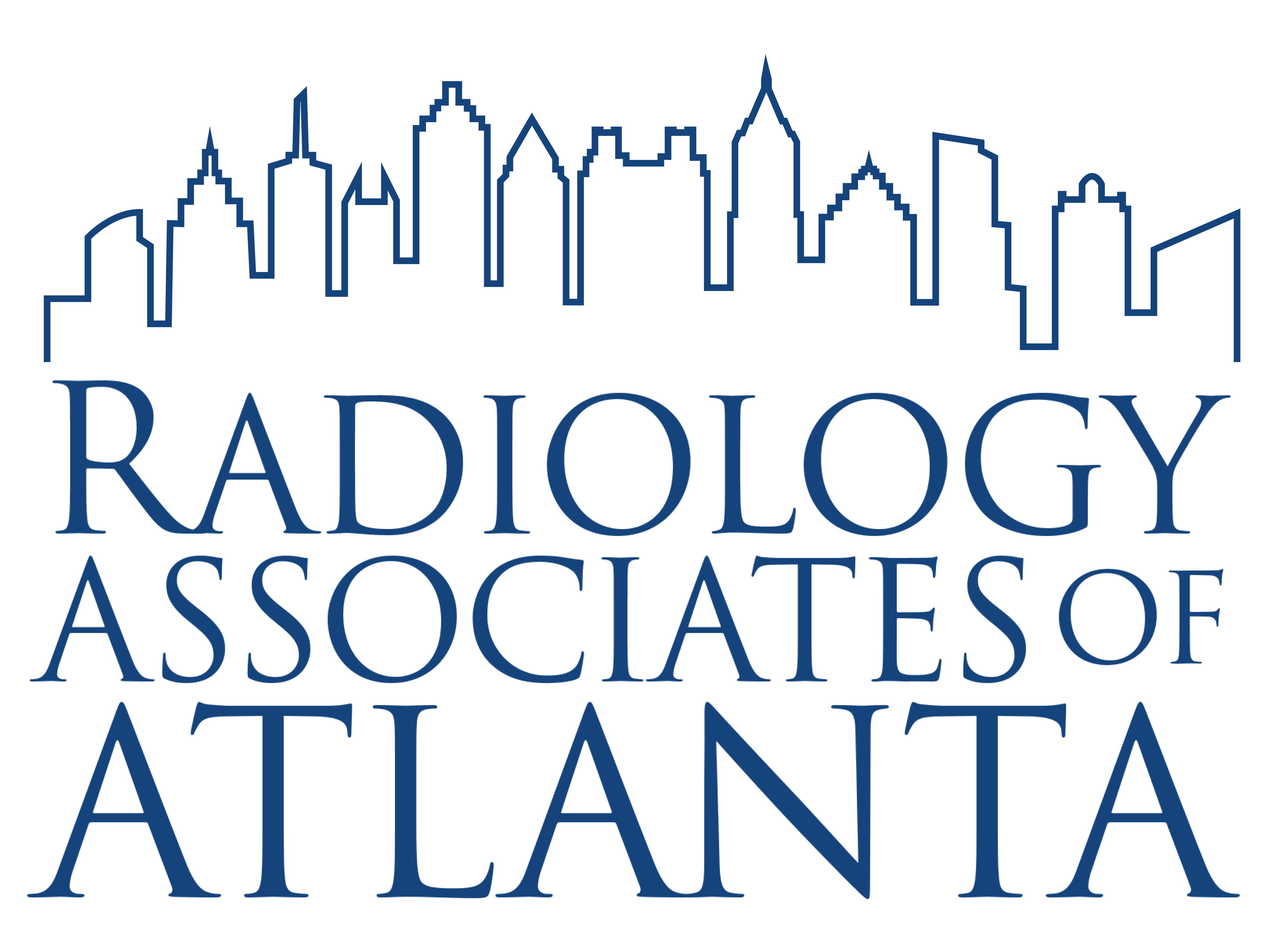Q: How long will the procedure take?
A: You will be with us most of the day. You’ll check in at Main Admissions about 2 hours before the procedure for preliminary medications and IV fluids. The procedure itself lasts 1-2 hours and then you are observed for 2-4 hours afterward for pain, nausea, and bleeding where the catheter was placed. So, at a minimum, you are in the hospital for 6 hours. An overnight stay is sometimes needed for pain control, but most people go home the day of the procedure.
Q: Will the procedure hurt?
A: The local anesthetic used will sting a bit initially, but otherwise, the procedure does not usually hurt. Some people have pain within a couple of hours afterward during the observation period, and pain medication is routinely available if you need it.
Q: Is the procedure safe?
A: Yes. The chance that you will have a severe complication that requires surgery or prolonged hospitalization is about 2 in a hundred (2%).
Q: How much radiation is involved?
A: Variable based upon number of tumors being treated at once, size of the tumor(s), and the degree of underlying liver disease. Average dose is 20-30 milliSieverts, equivalent to two CT scans or 5-10 years of background radiation. For radioembolization, there will be a small amount of radiation left inside of you, so you should avoid close contact (within six feet) with others, particularly infants, children, and pregnant females for one week. You should also sleep at least six feet away from your spouse for two nights. This is not necessary for chemoembolization.
Q: Will I be put to sleep?
A: Very mild sedative and pain-control medication will be given IV, but you will be awake enough to hold your breath at intervals for 10-25 seconds each time.
Q: Should I take my daily medications?
A: Yes, with a sip of water only. If you are on insulin, take half of your normal dose the morning of the procedure. Unless otherwise instructed, you should stop taking anticoagulants like Coumadin, aspirin, Plavix, and Aggrenox for 5 days prior to the procedure. You may resume them the day following the procedure.
Q: When/How will I receive the results?
A: Your interventional radiologist or a physician’s assistant will let a designated family member or friend in attendance know how the procedure went. You will likely not remember conversations due to the lingering effects of the sedative given during the procedure.
Q: Will I receive medication to go home with?
A: Yes. Typically, you will get a narcotic medication for pain; a medication to protect your stomach from ulcers; a steroid to make you feel better and improve appetite; and a suppository for nausea/vomiting if needed.
Q: What should I watch for at home?
A: Highly variable. You may feel abdominal bloating, less energetic, loss of appetite, and have pain over your liver or around your belly-button, low-grade fever (less than 100.5 degrees), and/or nausea. We call this post-embolization syndrome. This usually lasts from a few days to a few weeks. CALL US IF YOU HAVE: Fever higher than 100.5 degrees orally or if your groin puncture site becomes more swollen, more tender, red, or has any sort of draining fluid as this may indicate an infection that we need to treat within 24 hours. Call us at 404-352-1409. There is always someone on call.
Q: How soon will I see results?
A: We usually schedule an imaging study, such as a CT, MRI, or
PET/CT scan 1-2 months after your treatment to see how well it
worked. If we know that you need additional treatments to fully treat
your tumor(s), we will treat more than once before doing the follow-
up imaging scan. Your interventional radiology team will let you
know how this will be handled.
Q: Is there anything that I should avoid during my recovery?
A: You may shower the day after your procedure, gently cleanse the
puncture site in your groin with soap and water, dry it, and place a
bandaid over it until it is healed, which usually takes 4-7 days. Do not
take a bath or swim with your groin puncture site submerged under
water for at least two weeks to avoid infection.
Q: Will I have a follow-up appointment?
A: Yes. We will try to coordinate your follow-up imaging and your
follow-up appointment on the same day. If not, we will call you or
send you a form letter with a brief report and plans for future follow-
up, if necessary.
Q: Is it covered by insurance?
A: Yes.
